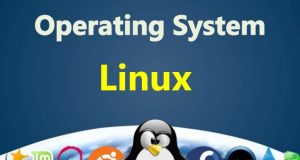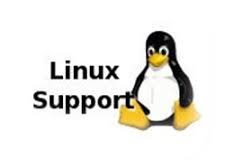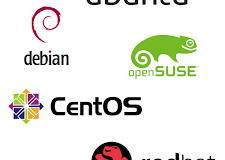Best of Technical Support Various Issue #56, December 1998 Our experts answer your technical questions. PLIP or SLIP? Is there an easy way to connect my laptop running MS Windows for WorkGroups to my PC running Red Hat 5.0? Should I use PLIP, SLIP or something else? —Thomas Svanelind PLIP is probably the cheapest and simplest networking setup around (although ...
Read More »Author Archives: Linux India
smtpd for Preventing Spams and Relays
John Wong Issue #56, December 1998 The smtpd package is a useful mail daemon for stopping spam, thereby saving money and resources. The Internet has been around since the 1970s with people using it mainly for electronic mail (e-mail). This is still true even today as we see increasing numbers of multimedia-based applications on the Internet. People still use e-mail ...
Read More »Internet banking system using Linux
Idan Shoham Issue #56, December 1998 Mr. Shoham tells us how his company set up an Internet banking system using Linux for a bank in Western Canada. M-Tech is a computer security products and services company based in Calgary, Alberta, Canada. This article describes our experience developing an Internet banking system for a major financial institution in Western Canada. Since ...
Read More »X-ISP and Maintaining Multiple Account Records
Chris LeDantec Issue #56, December 1998 Even for the experienced administrator, X-ISP provides an easy way to manage multiple accounts, keep track of usage expense and time on-line. Connecting your Linux box to a PPP server can be a frustrating task, especially if you are not familiar with the scripting requirements, authentication modes or network settings your ISP expects you ...
Read More »Using Encrypted Passwords in Samba
John Blair Issue #56, December 1998 How SMB-encrypted passwords actually work, and a walk-through of the steps required to enable encrypted passwords in Samba. By default, Samba uses plaintext passwords to authenticate clients who access network resources. Samba also supports the use of LanManager- and NT-encrypted password authentication. Using encrypted passwords with Samba has its advantages and disadvantages. On the ...
Read More »Weather information to the Web using Linux
Chris Howard Issue #56, December 1998 Mr. Howard tells us how he gathers and outputs weather information to the Web using Linux, Perl and automated FTP. Last fall, my family and I moved from central Iowa to the little mountain resort town of Estes Park, Colorado. Estes Park is a beautiful town at the east entrance of Rocky Mountain National ...
Read More »Linux Support – trouble getting rsh
Best of Technical Support Various Issue #55, November 1998 Our experts answer your technical questions. Execution Trouble I use Red Hat 5.0. When I try to execute files in a current directory, I get a “command not found” error even though the file exists and is executable. What is going on? —A. Roychowdhury UNIX, like DOS and MS Windows, uses ...
Read More »Tcl/Tk: a Client-Server CGI
Bill Schongar Issue #55, November 1998 Tcl/Tk offers many uses to the web programmer. Mr. Schongar describes a few of them. While many people think of Tcl/Tk (Tool Command Language, pronounced “tickle”; Tk stands for TCL toolkit) as a great tool for cross-platform GUI (graphical user interface) applications, not as many consider it for web programming tasks. The truth is, ...
Read More »More Flexible Formatting with SGMLtools
Cees de Groot Issue #55, November 1998 A brief overview of the latest SGMLtools is presented by one of its developers. In the October 1995 issue of LJ, Christian Schwarz presented a short overview of Linuxdoc-SGML as it stood then: a complete, out-of-the-box package that gave and still gives authors a chance to write once and present anywhere. From flat ...
Read More »XML, the eXtensible Markup Language
Andrew Kuchling Issue #55, November 1998 XML has been attracting a lot of attention recently. This article provides a five-minute overview of XML and explains why it matters to you. The Standard General Markup Language is about two decades old. SGML was originally designed for processing large documentation sets, but SGML is neither a programming language nor a text formatting ...
Read More » Linux, Linux OS, Free Linux Operating System, Linux India Linux, Linux OS,Free Linux Operating System,Linux India supports Linux users in India, Free Software on Linux OS, Linux India helps to growth Linux OS in India
Linux, Linux OS, Free Linux Operating System, Linux India Linux, Linux OS,Free Linux Operating System,Linux India supports Linux users in India, Free Software on Linux OS, Linux India helps to growth Linux OS in India








